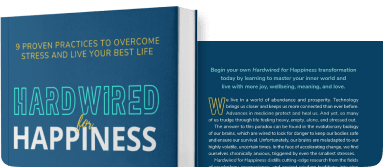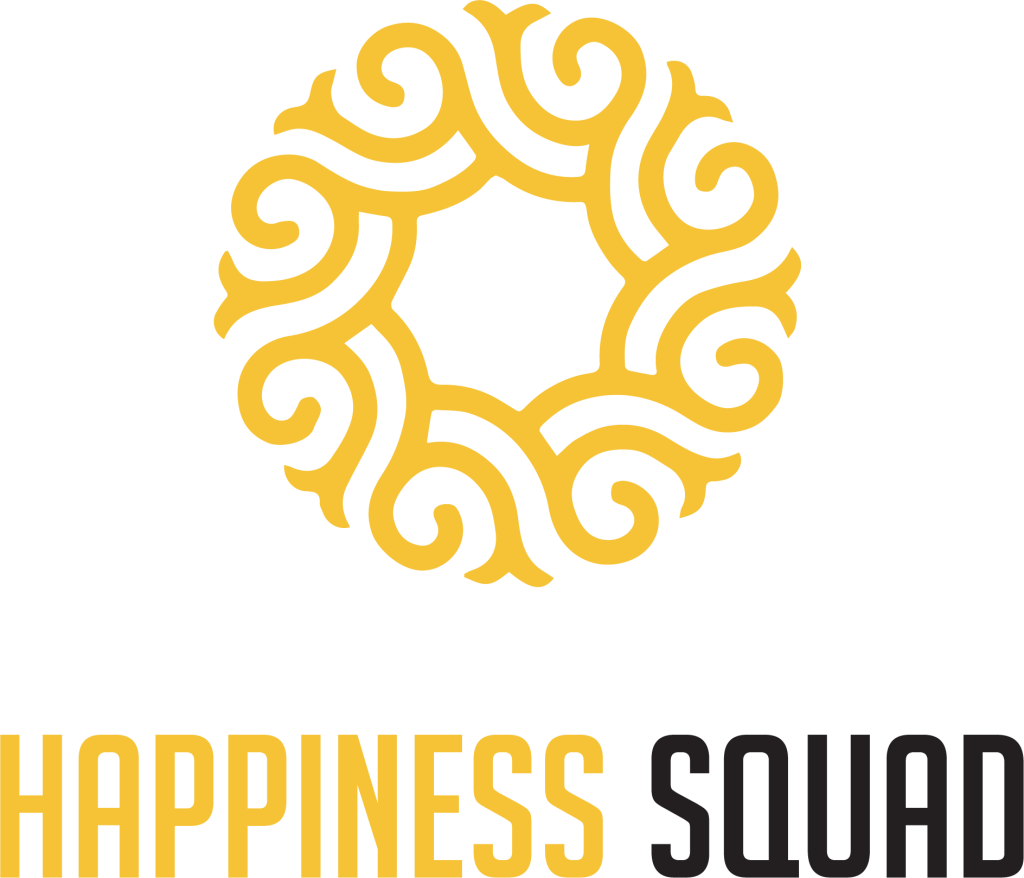From Performance Pressure to Flourishing: A Better Way to Work And Live

Flourishing is at the core of what I’ve dedicated my second half of my life to. In this article, I want to share with you a little bit around why investment in flourishing makes business sense and how you can truly integrate this science into the way you work and live, and lead others to unlock the full potential of yourself, your teams and your organizations.
If you’re anything like the thousands of leaders I’ve spoken to over the past few years, you’re feeling the weight. The expectations. The relentless pace. The need to deliver results while keeping your people from burning out.
The truth is that we don’t have a performance problem, we have a flourishing problem.
And that’s not just a warm and fuzzy idea. It’s backed by data. It’s grounded in science. And most importantly, it’s deeply human.
Below, I want to share why flourishing is more than just a nice-to-have, why most companies are unknowingly operating at 50% of their human potential, and what you can start doing differently today.
Why Flourishing Matters
We spend close to 90,000 hours at work over a lifetime. That’s about a third of our life—between the ages of 20 and 60. And if you’re in a high-stress, always on the go, you don’t leave work behind when you close your laptop.

We carry the anxiety, the frustration, the exhaustion into our homes. It affects our health, our relationships, and our ability to enjoy life.
“If you are not flourishing at work, or worse, you are suffering, how can you truly be happy in life?”
Flourishing isn’t about gym memberships and meditation apps. It’s about living and working with meaning, energy, connection, and growth, personally and professionally. It’s about designing work in a way that allows us to thrive.
The Hidden Cost of Not Flourishing
In 2025, the World Economic Forum and McKinsey published a landmark report that quantified what poor work well-being is costing us. The number was staggering:
$4 to $12 trillion in lost economic value. Every year.
Let that sink in.
Here’s the breakdown:
- $9 trillion in productivity and presenteeism losses
- $1.5 trillion in absenteeism and attrition
- $900 billion in failed retention and attraction
In high-income sectors like SaaS or manufacturing, that translates to $14K to $44K lost per employee per year.
“Would you accept your data centers or equipment running at 50% efficiency? Then why are we okay with that for our people?”
We track machine uptime daily. We fix performance issues within 24-48 hours.
But when it comes to our human assets?
We look at engagement scores once a year.
We act six months later—if at all.
The ROI of Flourishing Is Real
Let’s stop talking about losses for a moment and focus on gains.
Work well-being is positively correlated with:
- Profitability
- Return on assets
- Shareholder returns
The research is clear.
Alex Edmans found that companies with high employee satisfaction delivered 2–3.5% higher annual shareholder returns over 8+ years.
Jan-Emmanuel De Neve and Oxford’s 2024 work showed that companies with high well-being outperformed every major index.
“Flourishing is not just a humanitarian cause. It’s a fiduciary responsibility.”
And yet, many companies still treat it like a perk. Something we throw in after we hit our quarterly numbers. A once-a-year wellness week. Meditation app subscriptions.
The problem? They don’t work.
A 2024 paper from Oxford evaluated these wellness programs and found:
Zero measurable ROI.
Not because well-being isn’t important, but because these interventions miss the point.
They try to fix the individual without fixing the actual workplace.
Why Traditional Wellness Efforts Are Failing
Here’s what I often hear from leaders:
“We’re already doing a lot! We offer mental health days, EAPs, Calm subscriptions, therapy access…”
Yes and all of that is good. But it’s also not enough.
“That’s like giving people crutches after we’ve broken their legs. We can’t heal what we continue to harm.”
97% of the causes of burnout are at the job, team, and organization level, not individual.
72% of well-being drivers are embedded in how work is designed, how people are led, and how safe they feel at work.
If all your energy is spent treating symptoms, you’ll never cure the system.
How to Make Flourishing a Long-Term Strategy
Let’s reframe flourishing not as a benefit, but as a strategic transformation initiative. The same way you’d roll out a new ERP system or digital platform.

Here are four key shifts to make:
1. Measure What Matters
If you care about flourishing, you need to measure it.
Engagement scores are not enough. They’re a once-a-year temperature check on the surface.
Instead, ask:
- What % of your people find meaning in their work?
- How many feel energized by what they do?
- Are they learning and growing?
- Do they feel safe, seen, and valued?
- Are they working in neuro-friendly, sustainable ways?
At Happiness Squad, we built a Human Potential Index to help leaders measure these factors and even calculate energy loss the way you’d track production downtime.
2. Listen Continuously—And Act Fast
You wouldn’t wait 12 months to fix a broken server. Why wait to fix a broken team?
Flourishing needs real-time feedback loops.
Monthly pulse checks.
Quarterly retros.
Team-level dashboards.
“If employees give feedback and see no change for 9 months, why would they trust the process?”
3. Equip the Middle, Not Just the Top
Most transformation efforts focus on senior leadership. But real change happens in the middle.
That’s where culture is lived.
That’s where burnout starts—or is healed.
We need to upskill managers with tools to lead with purpose, foster psychological safety, create trust, and design healthier ways of working.
Happiness Squad’s PEARL model—Purpose, Energy, Adaptability, Relationships, Life force helps guide these shifts at the team level.
4. Make it Easy. Make it Stick.
Flourishing isn’t a one-and-done workshop.
It’s a practice.
We teach micro-practices that take 2–5 minutes a day, embedded into real work routines reflected in daily stand-ups, team meetings, and manager 1:1s.
When done in cohorts over 3–6 months, these practices lead to:
- 40%+ reduction in stress
- 25%+ increase in hope, energy, and optimism
- Higher retention, collaboration, and performance
“This is not about doing more. It’s about doing things differently.”
Where to Begin
I always start with 5 questions.
Ask them of yourself. Ask your team.
- Does your work have meaning—or is it just a paycheck?
- Are you energized by your work—or drained by it?
- Are you learning and growing—or feeling stuck?
- Do you feel seen, supported, and valued—or invisible?
- Is your calendar built for deep work—or just meeting bingo?
Add up your score.
Most people land at 2 or 3 out of 5.
Which means we’re leaving half our potential on the table.
Final Thought: This Is Our Opportunity
“Work is love made visible.” – Khalil Gibran
“Business is a noble profession, but only if we help people flourish.” – Clay Christensen
You don’t need permission to start.
If you lead a team of 3-6, you have the power to make changes today.
The science is clear. The tools are available. The need has never been greater.It’s time to stop talking about well-being as a perk.
And start investing in flourishing as strategy.
Learn more about Ashish on Linkedin.
Listen to the podcast with Ashish below. You can also listen on Apple Podcasts.
Access and subscribe to all of the episodes of the Flourishing Edge Podcast here.
Make Flourishing Your Competitive Edge.


